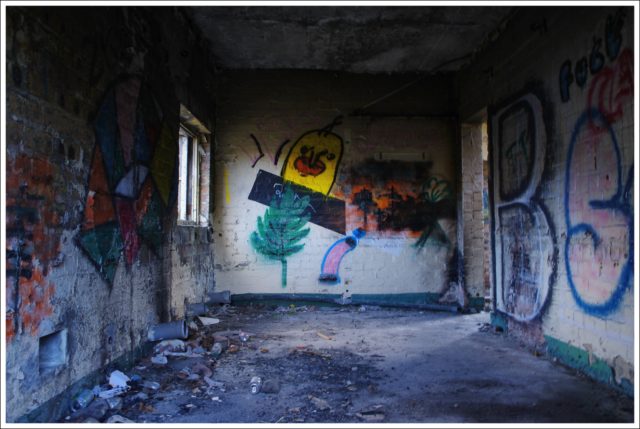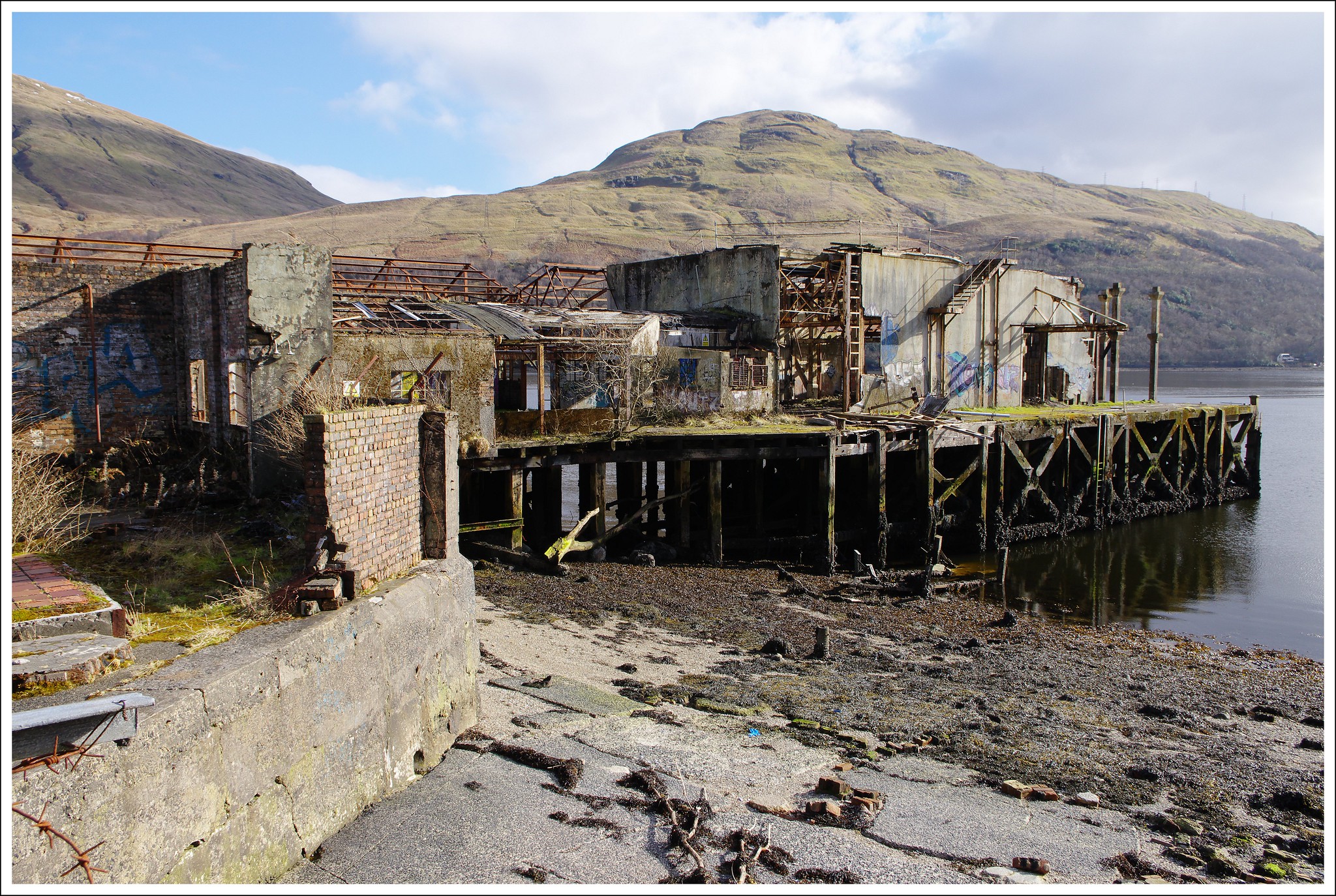In the summer of 1907, Scottish newspapers announced new plans to build a torpedo test station near Loch Long. Many people began to fear that the lake would be taken over and the station would negatively affect the water, fishing, and tourism. In addition, passing ships might be accidentally damaged by the tests.
A large number of objections to the proposal prompted the county council to file a formal objection. They demanded an investigation so that anyone who disagreed could express their point of view. Ultimately, all protests were dismissed, and in 1908, a contract was signed with the construction firm McAlpine.
Construction of the Loch Long Torpedo Range was completed in 1912, following which the test station was transferred to the Royal Navy. It was generally known as Loch Long Torpedo Range but was sometimes also referred to as the Arrochar Torpedo Range due to its proximity to the village of Arrochar.
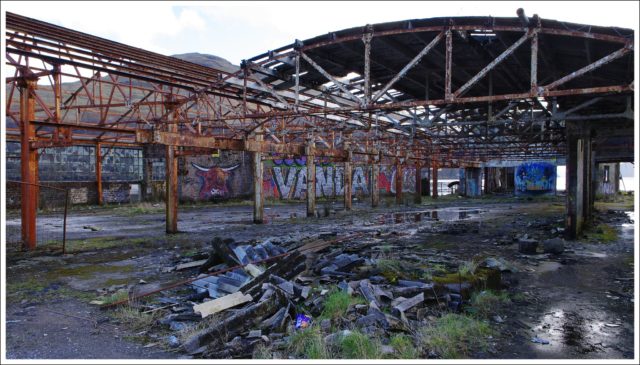
In the spring of 1915, an individual was accused of espionage at this training ground. Augusto Alfredo Roggen always introduced himself as a farmer when he visited the training ground during WWI. However, he was subsequently identified as a spy, and he faced the firing squad that summer at the Tower of London.
Torpedo tests at Loch Long were carried out in one of three locations: from submarines, from ships that had been adapted to fire them, and from torpedo tubes beneath the pier.
A line of floating platforms was moored some distance from the pier. Torpedoes weren’t supposed to hit the platforms but instead pass beneath them so observers could check that the missiles were traveling in a straight, smooth line.
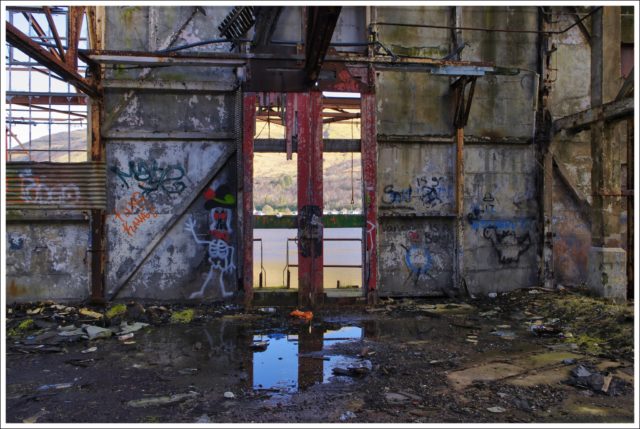
The torpedoes had no warheads and were designed to float to the surface at the end of the test so that they could be retrieved by one of seven rescue boats. However, some were lost or abandoned after they either accidentally left the water or sank to the bottom.
During the Second World War, activity at the site reached a peak. In 1944, more than 12,000 torpedoes were fired there over the course of the year, with records indicating that as many as 62 torpedoes were fired in a single day.
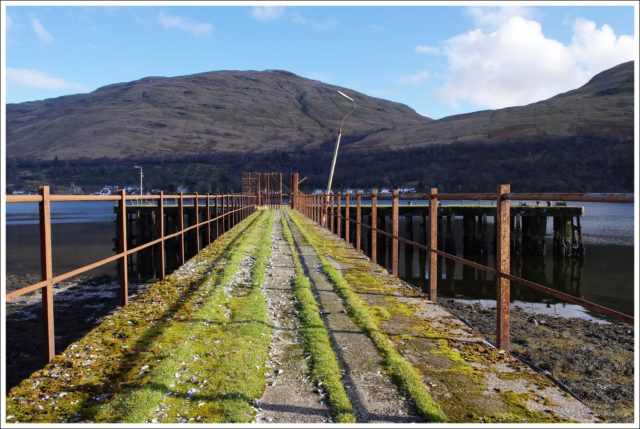
Around the 1980s, details emerged about an explosion at another torpedo test station. The incident involved the same type of torpedo that was tested at Loch Long. This was a contributing factor to the station’s closure, but the main reason was that the latest torpedo designs could no longer be tested at this station.
The range at the loch was excellent for previous torpedo models that ran straight in shallow water, but more modern designs worked at a greater depth and used wire guidance to reach their target. They could not be tested at the loch.
As a result, the Loch Long Torpedo Range was decommissioned in 1986.
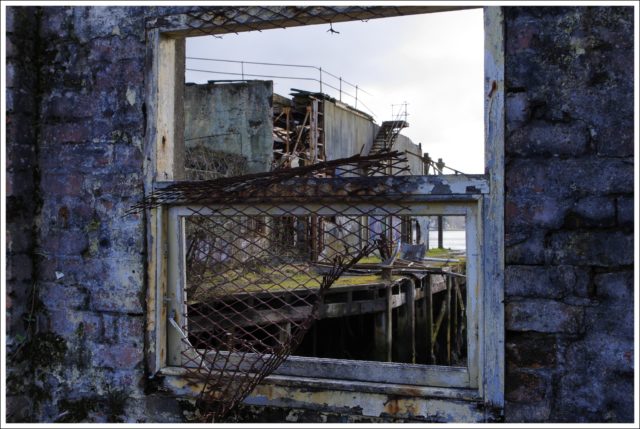
The Royal Navy didn’t clear up after itself but instead sold the land to a developer, Clydebank Developments Ltd. The new owner did not renovate the site either, and the land was used for many years as an unofficial dumping ground by the locals, turning the area into an eyesore.
Demolition work began in June 2007, but a month later a huge fire destroyed all the buildings on the range. It took three fire engines seven hours to suppress the fire, but the cause of it remained unknown.
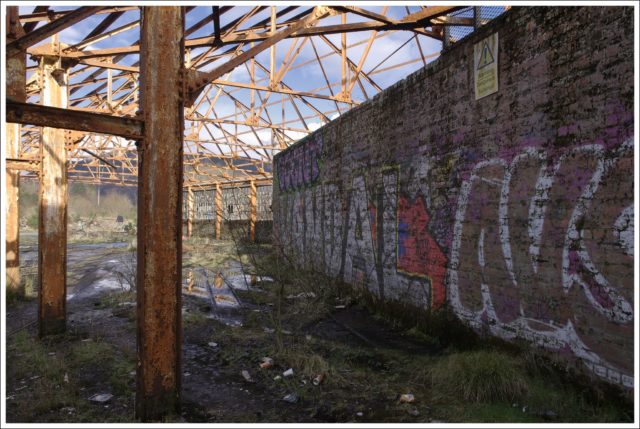
In early 2013, the media announced that the former torpedo range would be converted into a holiday resort. The project was named the Ben Arthur resort after a nearby mountain that boasts a distinctive rocky summit.
Loch Lomond and the Trossachs National Park (LLTNPA) had granted construction permits to build a five-star resort comprising a 130-bed hotel, 36 holiday houses, and 16 additional residential units, valued at £70 million.
In addition, a 250-berth marina and a restaurant were to be built here by Marine Scotland. It was anticipated that 210 construction jobs would be created and then 300 more jobs at the hotel. However, the building permit was issued for three years, and since work had not started by 2016, permission lapsed.
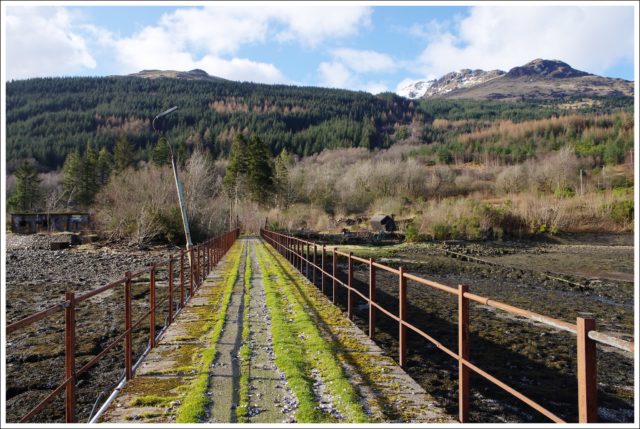
As wrangling over the project continued, the LLTNPA tried to address the flytipping. Fixed Penalty Notices would be useless, so instead the owners were given four weeks to remove all the trash and close the road to prevent more dumping. To date, it is unclear whether these instructions have been complied with.
At one point, the land was used as a campsite, but this was closed. People like to walk the surrounding hills, and lovers of abandoned places are often drawn to the remains of the testing station.
Inside some of the buildings, it was possible to see the rails on the floor that were used to move the torpedoes around. In addition, the remains of three small residential buildings could originally be found on the territory, believed to be where the staff of the test station lived. The houses dated back to around the 1940s.
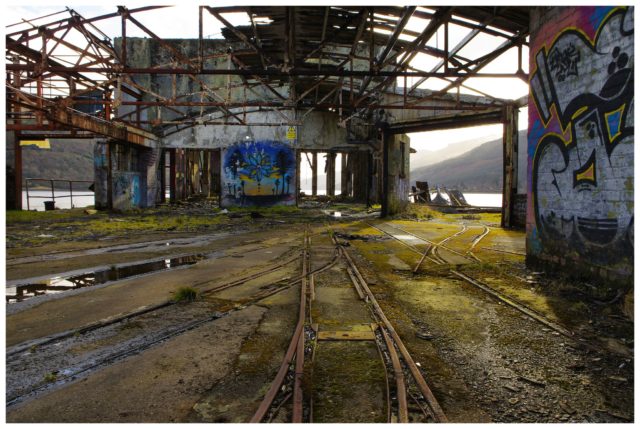
The area has become quite popular with divers nowadays. Loch Long provides some interesting diving sites, and it’s possible to see test torpedoes lying on the bottom, the ones that could not float to the surface during testing.
Although nothing is being done with the site, the idea of a resort there has not been shelved completely. However, many people have expressed worries that a self-contained resort would prove detrimental to the local economy as guests would be unlikely to leave the resort and spend money in local businesses.
As such, the future of Loch Long’s defunct testing site is still uncertain.
These beautiful photographs were taken by Ben Allison. A big thank you to him for sharing them with us. Ben loves traveling and catching its moments with his camera. Visit his Flickr account to find out more.
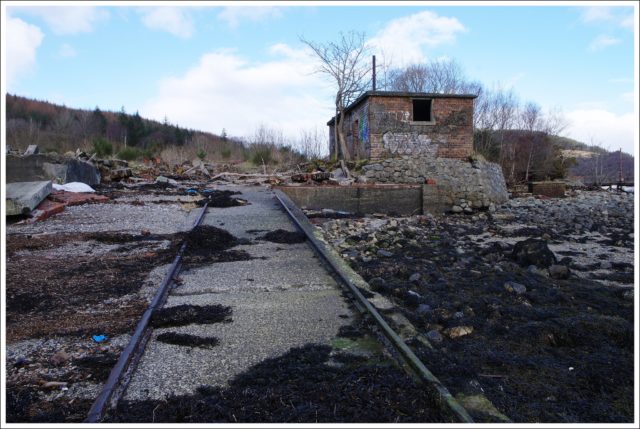
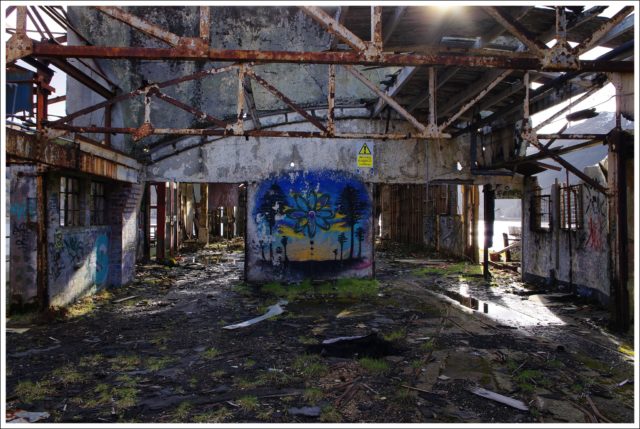
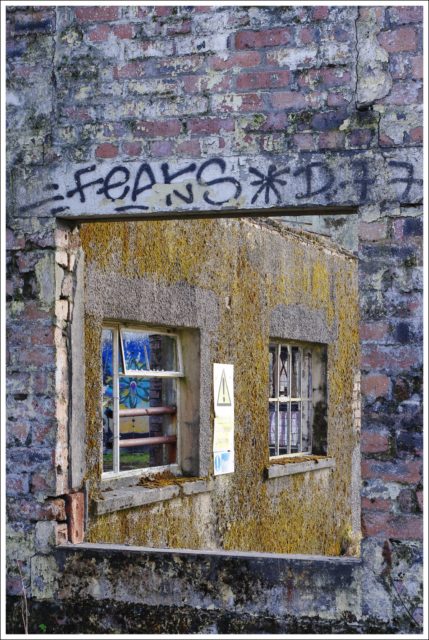
Another Article From Us: For Sale: Victorian Fort & Naval Gun Battery Yours for £5.5 Million ($7m)
